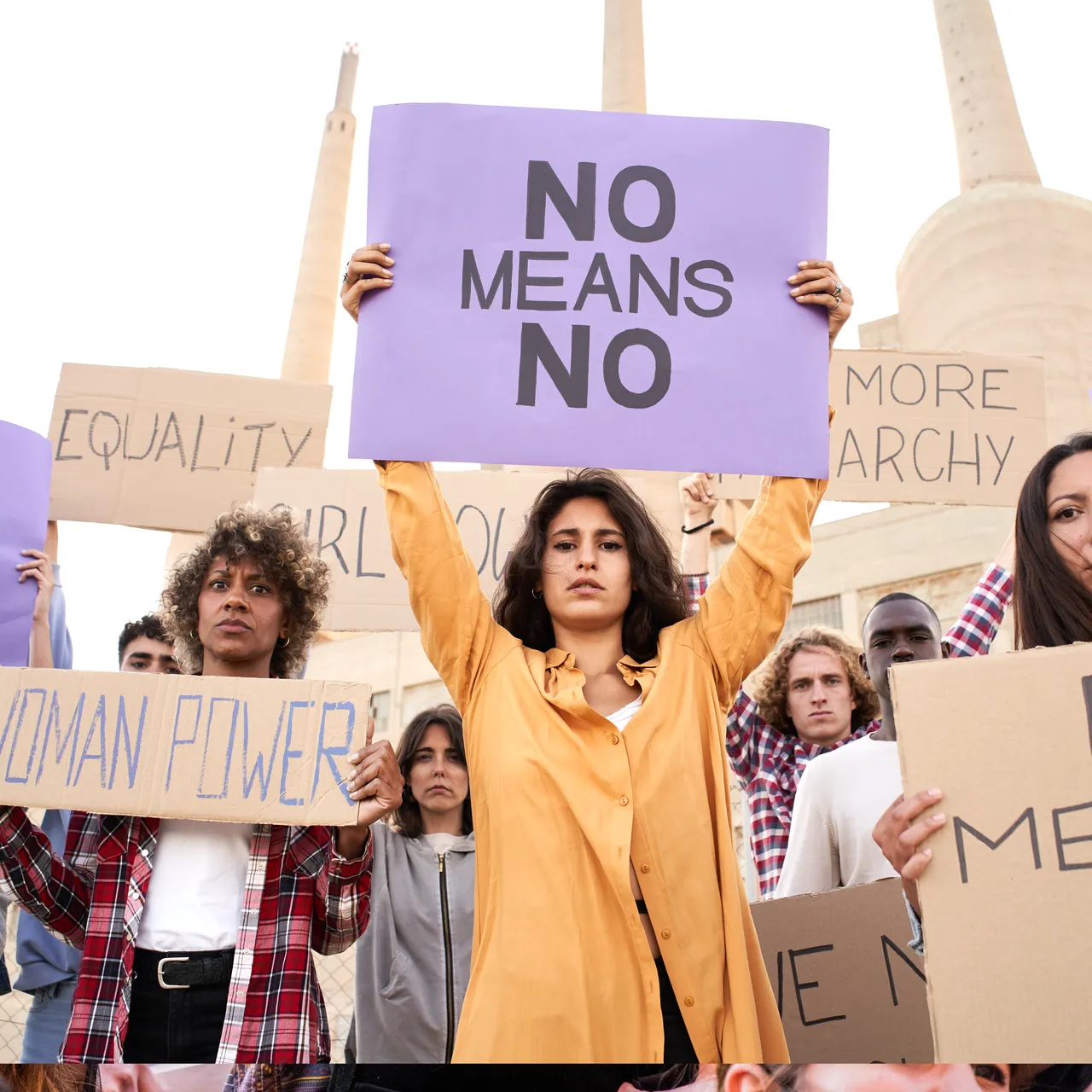
When you hear the words feminism, various ideas enter your head. There's the battle against gender discrimination and harassment, the advocacy towards equal rights amongst the sexes, and the constant quest for women's rights and defense, to name a few. Indeed, the word feminism covers basic ideas that can be categorized into different categories.
To comprehend the ideas surrounding feminism, it is necessary to understand first how these ideas happened and just how they were introduced to a patriarchal culture. As it is, understanding feminism would indicate undergoing the numerous phases or waves that paved the way for feminist activities from the 19th century in the direction of contemporary society.

The initial tide of feminism was considered the question of females' right to suffrage. During this period in the 19th century, there was an increased awareness among females who wished to exercise their rights to citizenship. In democratic countries, the most evident icon to exercise this right would be to offer the individual the right to vote. Nonetheless, when females tried to elevate this concern, they were ridiculed. During the First World Battle, women in Germany were currently allowed to elect. However, women in the US were still refuted for this benefit. On August 20, 1920, American ladies were provided the right to suffrage.
This move in feminism has significantly altered the course of background as females discovered their voice in sharing their legal rights to clothing codes, reproductive wellness, college, custody of youngsters, and control of their possessions. In line with this renovation in females' required equality, Alice Paul prepared and presented the Equal Civil Liberty Change to the American Congress to prohibit sex discrimination.

The 2nd wave of feminism, known as the move to liberate ladies, originated from the concept presented by Marx. According to his concepts, ladies are thought about as the lower class, where they undergo the unreasonable power of patriarchy. During this tide in feminism, women wished to enlighten and enlighten others to avoid the exploitation and fascism of the female population. Some studies attribute the 2nd wave of feminism to the response to yearly national beauty contests.
Apart from that, nevertheless, females likewise revealed their solid viewpoints regarding delicate issues concerning their sexuality and that women should be supplied complete control when it pertains to managing maternity, rape, abortion, and residential abuse. This fight for female liberation required equal rights for ladies to get equivalent advantages and chances that men solely approved.

The 3rd wave of feminism is most likely the longest stage in feminist motion from the late 1980s to 2010. Throughout this time, it isn't only the females fighting for their legal rights. However, a growing number of male feminists are progressively surfacing. In this period of feminism, feminists are already promoting variety and change. Here, the concepts are becoming much more open-minded as they incorporate the manifesto for anti-racism, consciousness in the direction of women of color, girl power, and womanism, and they intend to deny the idea of gender binary. There is additionally a much more open consciousness towards sexuality, which watches sex as a more comprehensive element in life that can be viewed as used for either empowerment or fascism.
The 3rd wave of feminism also tests some of the concepts vaguely presented during the second wave. Feminists Amy Richards and Jennifer Baumgardner, who presented the idea of third-wave feminism in their publication Manifesta, claimed that feminism can be seen differently from one person to another. Thus, its context can change for every generation or person. Referred to as the lipstick culture, the 3rd wave of feminism paved the way for extra-publicized women's empowerment.
